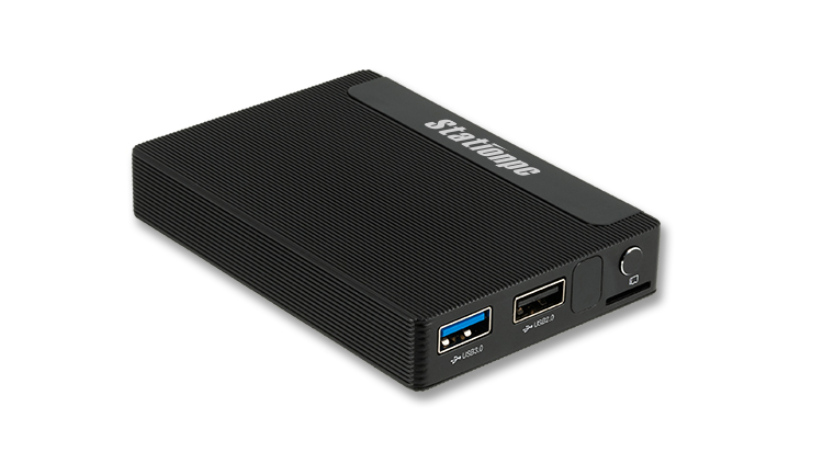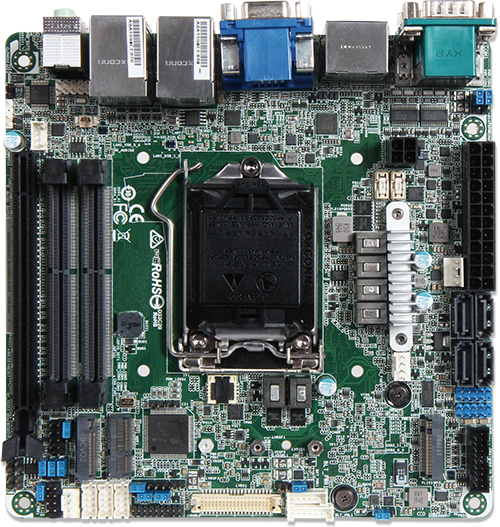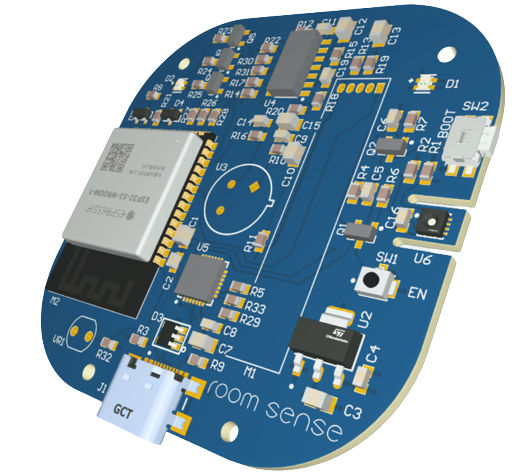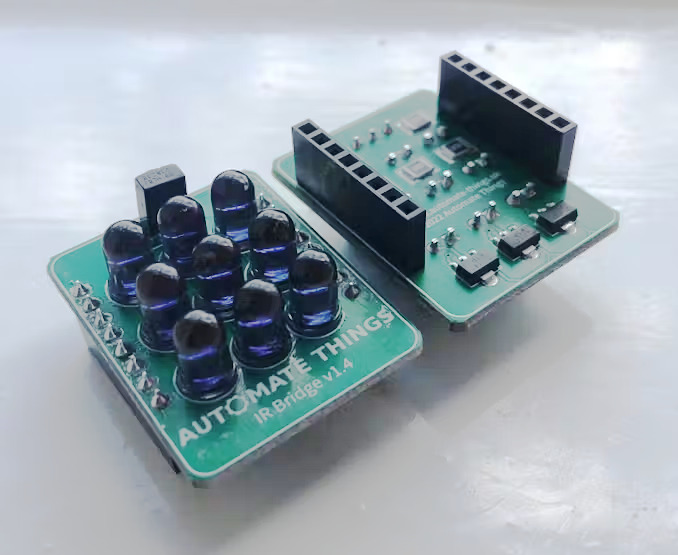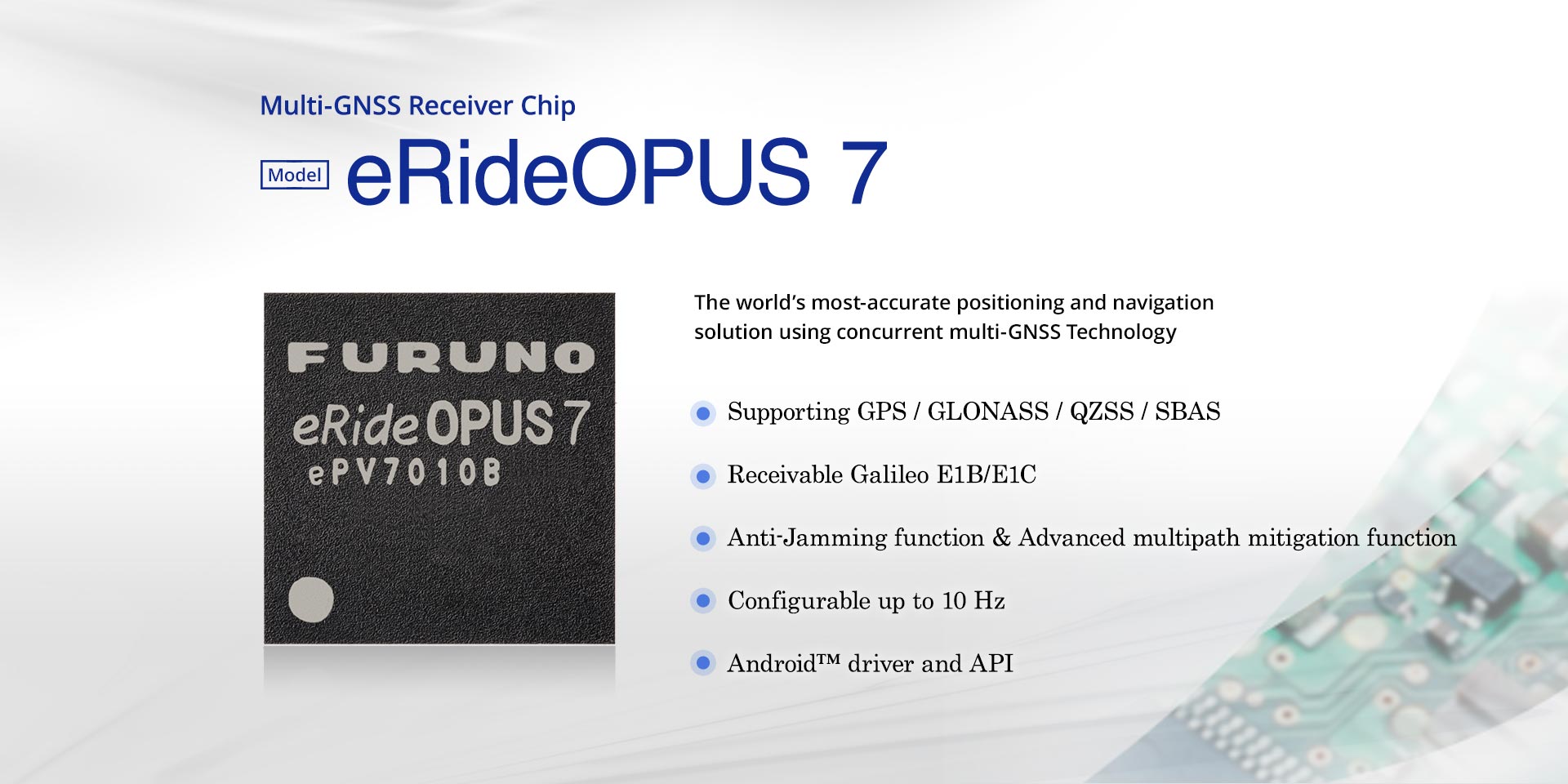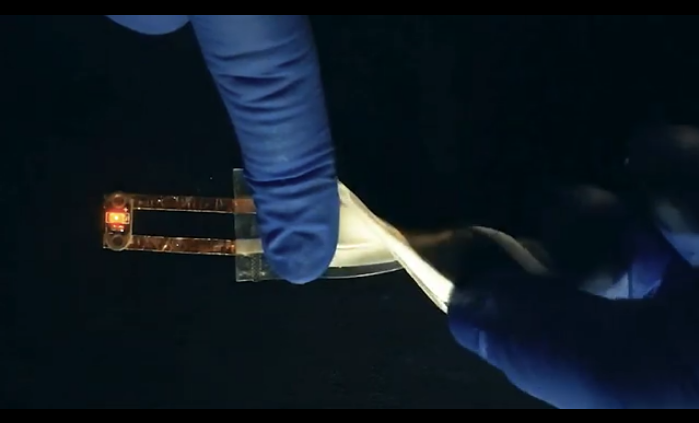
New flexible rechargeable silver oxide-zinc battery 10 times stronger than Lithium batteries
A team of researchers made up from the University of California San Diego and California-based company ZPower have developed a flexible, rechargeable silver oxide-zinc battery with a 5 to 10 times greater energy density than standard batteries. A good characteristic of the battery is that it is easier to manufacture because most flexible batteries need to be manufactured in sterile conditions, under vacuum, but this new battery can be screen printed in normal lab conditions. The device can be applied in flexible, stretchable electronics for wearable as well as soft robotics. About the battery, Lu Yin, one of the paper’s co-first authors and a Ph.D. student in the research group of UC San Diego’s nanoengineering Professor Joseph Wang says:
“Our batteries can be designed around electronics, instead of electronics needed to be designed around batteries.” He continues “The areal capacity for this innovative battery is 50 milliamps per square centimeter at room temperature—this is 10-20 times greater than the areal capacity of a typical Lithium ion battery. So for the same surface area, the battery described in Joule can provide 5 to 10 times more power. This kind of areal capacity has never been obtained before, and our manufacturing method is affordable and scalable.”
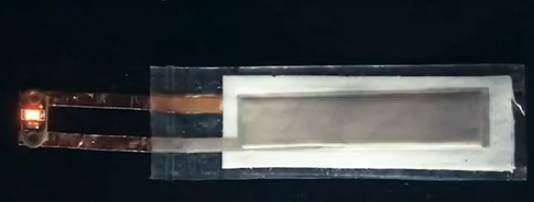
The new battery offers higher capacity than any of the flexible batteries currently available on the market thanks to its much lower impedance—the resistance of an electric circuit or device to alternative current. The lower the impedance, the better the battery performance against high current discharge. About future usage, Jonathan Scharf the paper’s co-first author says:
“As the 5G and Internet of Things (IoT) market grows rapidly, this battery that outperforms commercial products in high current wireless devices will likely be a main contender as the next-generation power source for consumer electronics.”
In their series of test, the batteries successfully powered a flexible display system equipped with a microcontroller and Bluetooth modules, and also performed better than commercially available Li coin cells. The battery is very durable, its cells were recharged for more than 80 cycles, without showing any major signs of capacity loss. The cells also remained functional in spite of repeated bending and twisting. The battery was created via a proprietary cathode design and chemistry from ZPower. Wang and his team combined their expertise in printable, stretchable sensors and stretchable batteries to create this battery. Meng and her colleagues also offers their expertise in advanced characterization for electrochemical energy storage systems and characterized each iteration of the battery prototype until it reached peak performance.
The battery’s exceptional energy density is as a result of its silver oxide-zinc, (AgO-Zn) chemistry. Conventional commercial flexible batteries utilize a Ag2O-Zn chemistry, as a result they usually have limited cycle life and have low capacity. This limits their use to low-power, disposable electronics. AgO is traditionally considered unstable. However, ZPower’s AgO cathode material depends on a proprietary lead oxide coating to improve AgO’s electrochemical stability and conductivity. As an added advantage, the AgO-Zn chemistry is responsible for the battery’s low impedance. The battery’s printed current collectors also offer excellent conductivity, which also enables it achieve lower impedance.
The batteries are printed onto a polymer film that is chemically stable, elastic and has a high melting point (about 200 degrees C or 400 degrees Fahrenheit) that can be heat sealed. The current collectors, the zinc anode, the AgO cathode and their corresponding separators each comprise of a stacked screen-printed layer. The team is already working on the next generation of the battery, aiming for cheaper, faster charging devices with even lower impedance that would be used in 5G devices and soft robotics that require high power and customizable and flexible form factors. You can read more about the project here.




